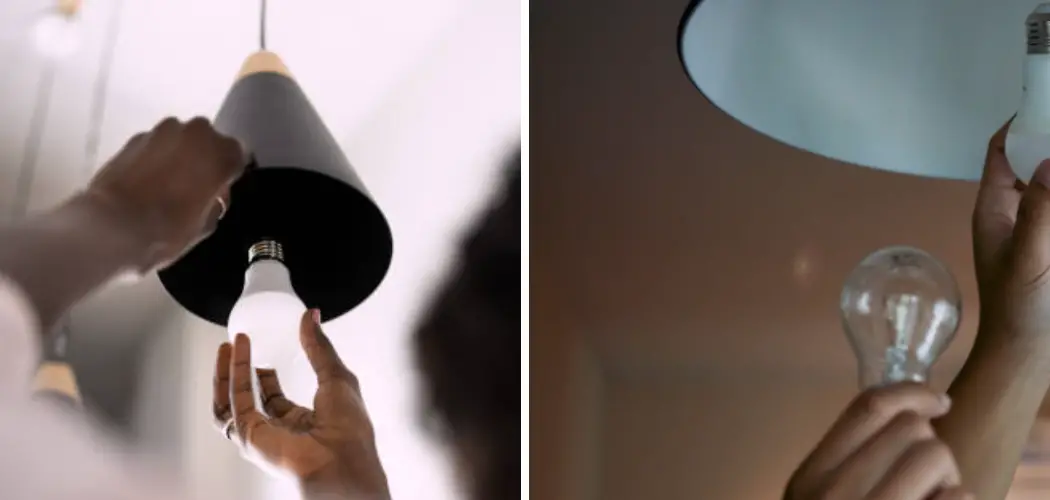Upgrading a light cover is a simple yet effective way to enhance energy efficiency in your home or office. By replacing outdated or inefficient covers, you can improve the distribution of light, reduce energy consumption, and even extend the
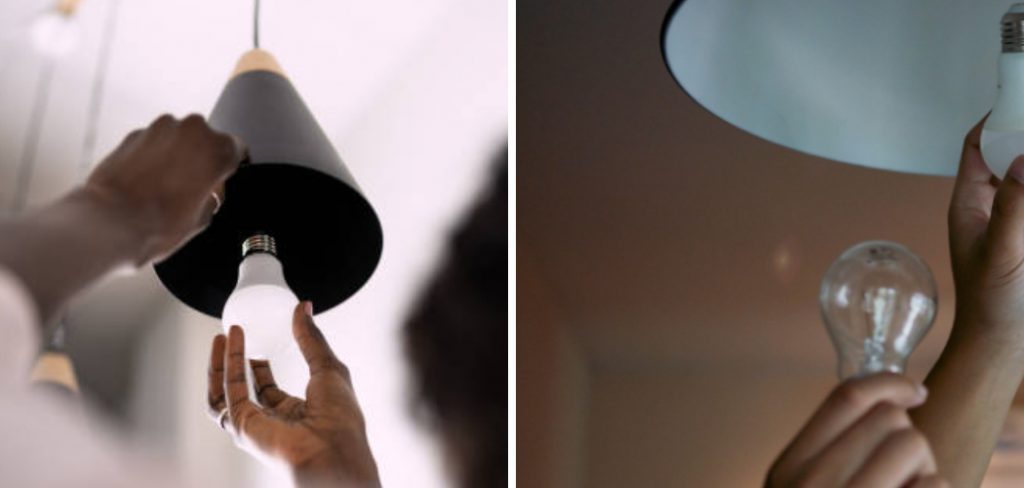
lifespan of your bulbs. This process not only saves money on energy bills but also contributes to a more sustainable environment. Whether you’re tackling a single fixture or upgrading multiple lights, this guide will walk you through how to upgrade a light cover for energy efficiency.
Why It Matters
Energy efficiency is becoming increasingly important in today’s world as we strive to reduce our environmental impact and minimize energy consumption. Upgrading light covers is a small but impactful step in this direction. Inefficient light covers can lead to uneven lighting, causing strain on your eyes and requiring more energy to achieve the desired brightness. By investing in modern, energy-efficient light covers, you not only improve the quality of your indoor lighting but also reduce unnecessary power usage. This change supports global efforts to combat climate change, lowers your carbon footprint, and helps conserve resources for future generations. Each household or office upgrade contributes to building a more energy-conscious and sustainable world.
What Are Light Covers
Light covers, also known as light fixture covers or diffusers, are components designed to protect light bulbs and enhance the distribution of light within a space. They come in various shapes, sizes, and materials, including glass, plastic, and acrylic, to suit different types of fixtures and design preferences. Light covers serve multiple purposes, such as diffusing harsh light to create a softer illumination, safeguarding bulbs from dust or damage, and improving the aesthetic appeal of a room.
Modern light covers are often designed with energy efficiency in mind, allowing for better light dispersion while reducing the energy required to illuminate a space. Whether used in homes, offices, or commercial spaces, light covers play a critical role in both functionality and style.
10 Methods How to Upgrade a Light Cover for Energy Efficiency
1. Choose High-Quality Reflective Covers
Reflective light covers maximize the efficiency of your existing lighting system by redirecting light downward or outward instead of allowing it to disperse aimlessly. Materials like aluminum or polished metals are excellent choices for reflective
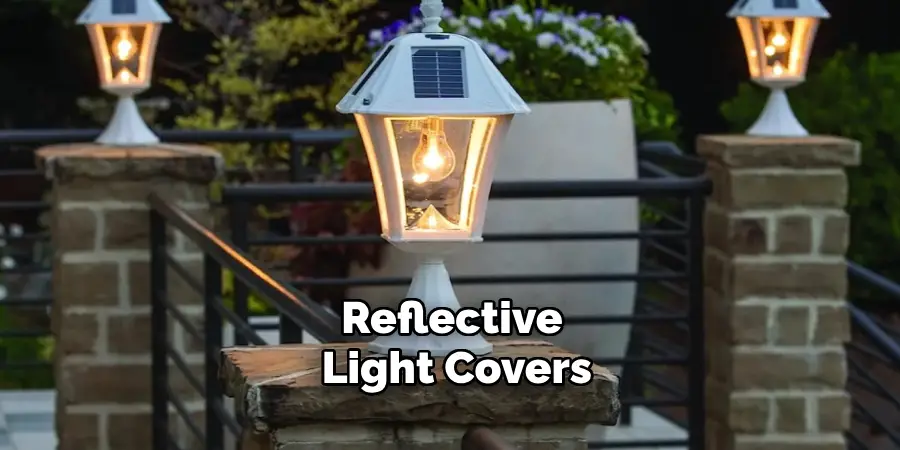
covers as they have high light-reflectivity rates. These covers help ensure that the light generated by your bulbs is fully utilized, reducing the need for brighter or additional light sources, and saving energy in the process.
2. Switch to Transparent or Frosted Covers
Opaque or heavily tinted light covers often block a significant portion of the light, leading to increased energy use to compensate for dim illumination. Upgrading to transparent or lightly frosted covers allows more light to pass through while still diffusing harsh glare. These covers create a balance between clarity and comfort, making them ideal for energy-efficient lighting without compromising aesthetics.
3. Opt for Covers with Smart Diffusion Design
Light diffusion technology in covers can help evenly spread light across a space, reducing the need for additional fixtures or higher-wattage bulbs. Modern light covers use designs like micro-prismatic patterns or specialized plastics to scatter light uniformly. Upgrading to such covers ensures better light distribution, meaning you can achieve the same level of brightness with less energy.
4. Use Heat-Resistant Materials
Heat-resistant materials like tempered glass or polycarbonate are ideal for light covers, as they prevent heat buildup around the bulb. Excessive heat not only shortens bulb life but also decreases energy efficiency. By upgrading to heat-resistant covers, you enhance both the durability of your lighting fixtures and the energy efficiency of the system, ensuring that bulbs perform optimally for longer periods.
5. Incorporate UV-Blocking Features
Some light covers now come with UV-blocking capabilities, which can reduce energy loss caused by ultraviolet light emissions. UV light is wasted energy that contributes little to visible illumination and can cause materials to degrade over time. A UV-blocking light cover improves energy efficiency while also protecting furnishings, fabrics, and other items from fading or damage caused by UV rays.
6. Install Adjustable Light Covers
Adjustable light covers, such as those with movable panels or louvers, allow you to direct light exactly where it is needed. This targeted illumination reduces the need for multiple light sources and helps save energy. For instance, in workspaces or
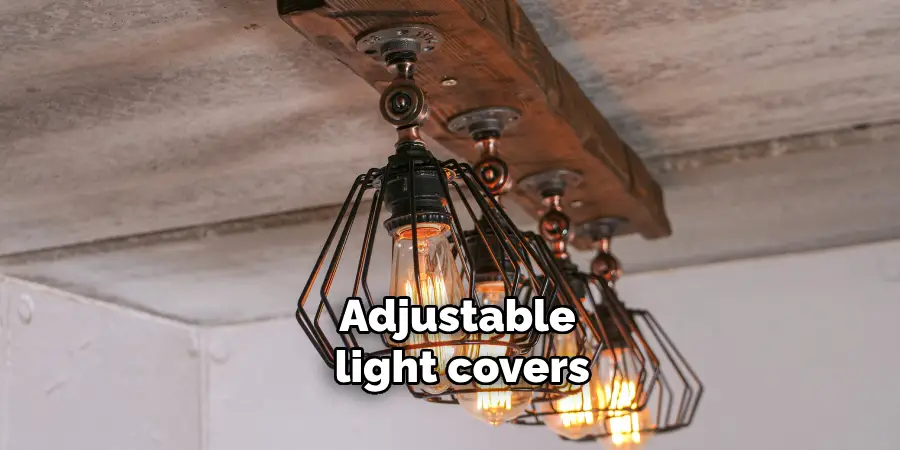
task areas, adjustable covers can focus light on specific spots, enabling the while still providing adequate brightness.
7. Choose Covers Designed for LED Fixtures
If you’re using LED bulbs, ensure the light covers are designed specifically for LED technology. Older covers might not optimize the directional nature of LED light, leading to uneven or wasted illumination.
LED-compatible covers, on the other hand, enhance light diffusion and focus, further improving the energy efficiency of your lighting system. Upgrading to such covers can maximize the benefits of switching to LED bulbs.
8. Replace Old Covers with Lightweight Materials
Heavy, outdated light covers can inadvertently trap heat and reduce light output, making your lighting system less efficient. Modern covers made from lightweight materials like acrylic or polycarbonate are designed to optimize light transmission and minimize energy waste. These materials are also durable and easier to clean, ensuring long-term efficiency and performance.
9. Incorporate Motion-Sensitive or Smart Covers
Some advanced light covers now integrate motion sensors or smart technology, allowing the light to adjust based on activity in the room. These covers can dim, brighten, or even turn off lights automatically, ensuring energy is only used when necessary. While this upgrade may require a higher upfront cost, the long-term energy savings make it a worthwhile investment for modern, efficient lighting.
10. Use Covers with Built-In Insulation
Upgrading to light covers with insulating properties can prevent energy loss in fixtures located in temperature-sensitive areas, such as outdoor lights or fixtures in
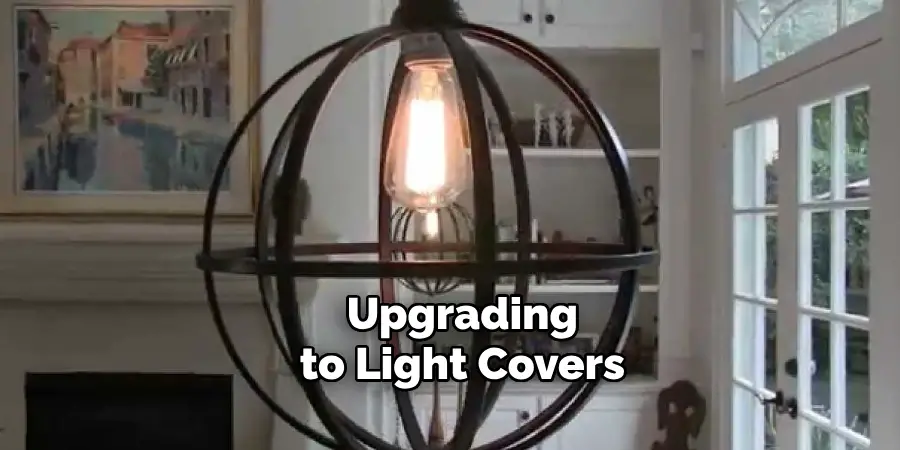
uninsulated spaces. These covers reduce heat exchange, ensuring that the light source operates at its optimal temperature. Insulated covers are particularly beneficial for outdoor floodlights or porch lights, where exposure to extreme weather can impact energy efficiency.
Troubleshooting Common Issues with Light Covers
Even with upgraded light covers, you may encounter common issues that can affect their functionality or performance. Below are some typical problems and
solutions to help maintain the efficiency and effectiveness of your lighting system:
1. Dimming or Flickering Lights
Cause: Dust buildup, loose coverings, or poor electrical connections can lead to dimming or flickering lights.
Solution: Ensure the light cover is clean and securely fitted. Check the bulb’s connection and any wiring for damage or looseness. If issues persist, consider consulting an electrician.
2. Uneven Light Distribution
Cause: Incorrect alignment of the cover or damage to the diffuser material may lead to uneven light spread.
Solution: Adjust the position of the light cover to ensure it is properly aligned. Inspect for cracks or scratches on the cover’s surface and replace it if necessary.
3. Excessive Heat Buildup
Cause: Using non-heat-resistant materials or covers designed for traditional bulbs with LED fixtures can trap heat.
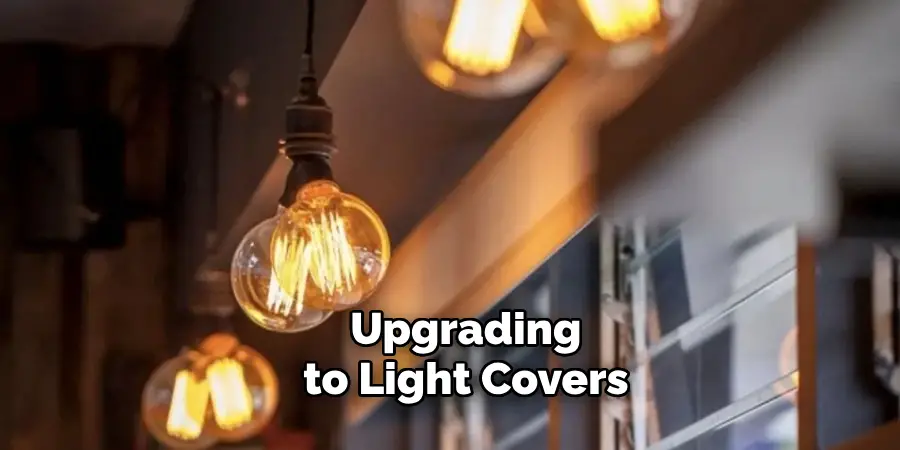
Solution: Switch to heat-resistant covers or covers specifically designed for your bulb type. Always ensure sufficient ventilation around the fixture.
4. Yellowing or Discoloration of Covers
Cause: UV exposure, heat damage, or material degradation can cause light covers to yellow over time.
Solution: Replace discolored covers with UV-resistant materials. Regularly clean the covers to prevent dirt and grime from exacerbating the discoloration.
5. Poor Light Output After Installing Energy-Efficient Covers
Cause: The light covers may not be compatible with the bulb type, or the bulb’s wattage may be too low to illuminate the space effectively.
Solution: Double-check the compatibility of the cover with your light source. Ensure the bulb’s wattage is appropriate for the room size and task lighting requirements.
6. Difficulties in Removing or Installing Covers
Cause: Covers that are too tight, improperly fitted, or equipped with faulty mounting mechanisms can be challenging to handle.
Solution: Use tools or instructions recommended by the manufacturer to carefully remove or install the light covers. Avoid forcing the covers, as this may cause damage.
7. Cracked or Broken Covers
Cause: Physical impact, wear and tear, or exposure to extreme temperatures can lead to cracks or damage.
Solution: Replace the damaged cover immediately to prevent further issues and ensure safety. Opt for durable materials like tempered glass or polycarbonate for better longevity.
By addressing these common issues promptly, you can maintain the energy efficiency, appearance, and functionality of your lighting system while extending the lifespan of your upgraded light covers.
Conclusion
Upgrading a light cover for energy efficiency is a practical and cost-effective way to reduce energy consumption while improving the quality of your lighting. By considering options such as reflective materials, smart diffusion designs, and covers tailored for LED fixtures, you can create a lighting system that is both efficient and aesthetically pleasing. Implementing these ten methods not only helps you save on energy costs but also contributes to a more sustainable and environmentally friendly home or workspace.

